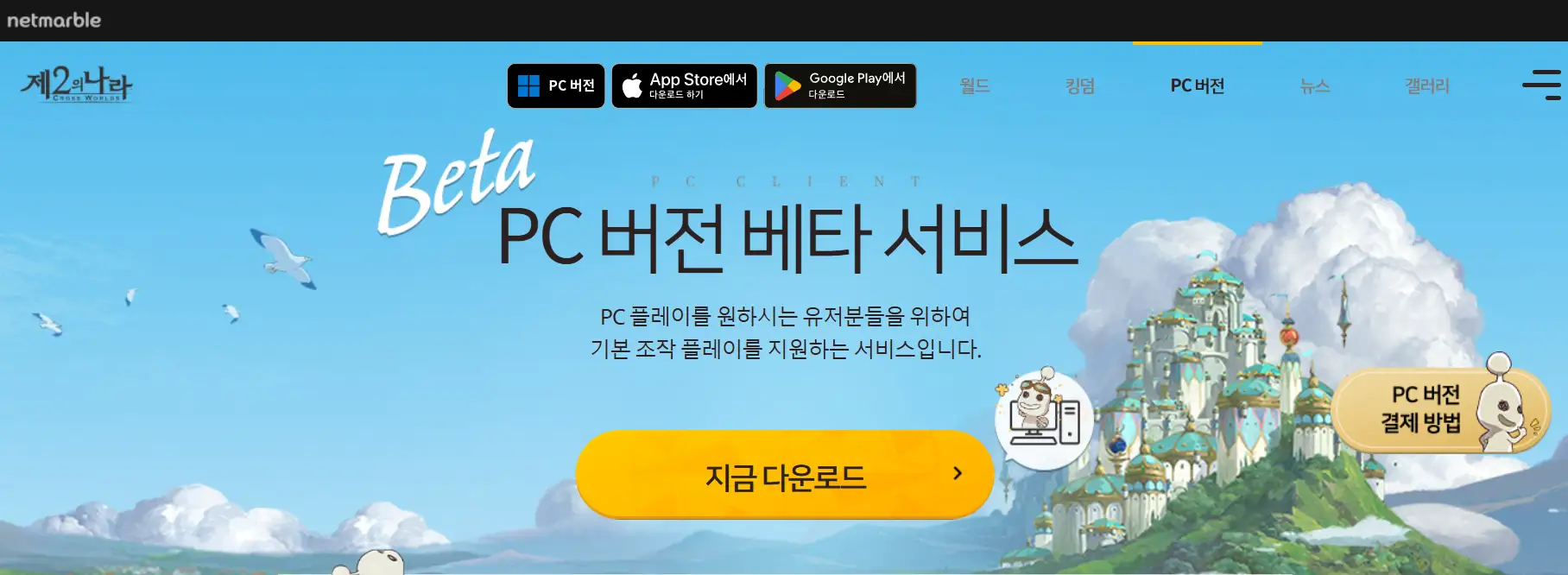Ni no Kuni: Cross Worlds — is a blockchain MMORPG developed by Netmarble Neo in collaboration with Level-5 and inspired by the aesthetics of Studio Ghibli. The project combines JRPG story elements, a vast open world, and Web3 mechanics with NFTs and tokens. On one hand, the game was praised for its visual design and the depth of its universe, while on the other — it faced criticism due to its crypto-economy.
- History and Concept of Cross Worlds
- Gameplay and Character Classes
- Familiars and Technical Base
- Blockchain Economy and Tokens
- Perception and Development Prospects

History and Concept of Cross Worlds
The game Ni no Kuni: Cross Worlds was announced in 2019, with its release in Asia in 2021, and the global version launched in May 2022. The project is based on the traditions of the Ni no Kuni series, previously released on consoles and known for combining JRPG mechanics with a fairy-tale atmosphere. Cross Worlds uses a plot premise about the virtual game “Soul Divers,” where the player’s character finds themselves in the new kingdom of Evermore and becomes involved in the struggle between good and evil forces.
The main goal of the project is to combine RPG experience with social MMORPG mechanics and expand the universe to new platforms: mobile devices and PC. The developers aimed to create a product that would both attract fans of the series and engage new audiences interested in cross-platform play and additional earning opportunities through blockchain integration.
Gameplay and Character Classes
Cross Worlds gameplay combines story quests, open world exploration, and large-scale battles in PvP and PvE formats. At the same time, the auto-battle and auto-questing system simplifies progression, allowing players to focus on resource collection, character development, and interaction with other players.
Players can choose one of five classes:
-
Rogue — a ranged attacker dealing high damage but vulnerable in defense.
-
Destroyer — a tank with a large health pool, suitable for protecting allies.
-
Witch — a long-range mage with spells and crowd control.
-
Engineer — a versatile support class with healing and buffs.
-
Swordsman — a balanced melee fighter, an all-around choice.
Each class has unique abilities that shape playstyle and strategy in combat. This system allows players to create diverse groups and enhances teamwork in large-scale battles.
Familiars and Technical Base
An important part of Cross Worlds is the familiar system — creatures that accompany the player and enhance their abilities. Each familiar has active skills and passive buffs, and they can be obtained through gacha mechanics or in-game missions. Players can collect them and select up to three familiars for battles.
Technically, the game was built on Unreal Engine 4, which allowed developers to apply a vivid cel-shading style and animation reminiscent of Studio Ghibli films. This makes Cross Worlds one of the most visually striking MMORPGs on mobile devices.
| Element | Features |
|---|---|
| Familiars | Up to 3 creatures in battle, different rarities, active skills |
| Graphics | Unreal Engine 4, cel-shading, vibrant animations |
| Styling | Inspired by Studio Ghibli, fairy-tale locations |
| AI Technologies | Use of Behavior Tree and Sequencer for NPCs |
The table clearly shows how Cross Worlds combines collection mechanics with modern graphic solutions, enhancing the gameplay experience.
Blockchain Economy and Tokens
The blockchain aspect deserves special attention. Cross Worlds uses the MARBLEX (MBX) ecosystem and in-game tokens Territe (NKT) and Asterite. The first is earned in PvE activities, the second in PvP. Both can be converted into cryptocurrency and used to purchase NFT items, linking the game with the Web3 economy.
However, this model sparked a wave of criticism. Players felt that blockchain turned the game into a pay-to-win format, where progress depends on investments. Many Western media, including TheGamer and MMORPG.com, noted that while the game is visually and narratively impressive, tokenization undermines its balance. Nevertheless, for Netmarble this is a way to integrate the gaming audience into the crypto market and test new monetization models.
Perception and Development Prospects
In Asian countries, the project was commercially successful, generating hundreds of millions of dollars in revenue. In Korea and Japan, Cross Worlds strengthened Netmarble’s position as a leader in mobile gaming. On the global market, the reaction was more restrained: app ratings rarely exceeded 3.3 stars, largely due to the controversial perception of Web3 mechanics.
The project’s prospects depend on Netmarble’s future strategy: if the company manages to balance monetization and reduce the impact of blockchain systems on gameplay, Cross Worlds could retain long-term audience engagement. Thanks to its high-quality graphics, setting, and the recognizable Ni no Kuni brand, the project still has strong potential, especially among fans of JRPGs and MMOs.
Ni no Kuni: Cross Worlds has combined the best traditions of JRPGs, a fairy-tale atmosphere, and the technical excellence of Unreal Engine, but faced challenges with blockchain integration. For some players, this model opened new earning opportunities, while for others it became a barrier, turning the game into a field for crypto speculation. Despite criticism, Cross Worlds has already secured its place in the history of mobile MMORPGs and remains a vivid example of how traditional gaming and Web3 can coexist.





